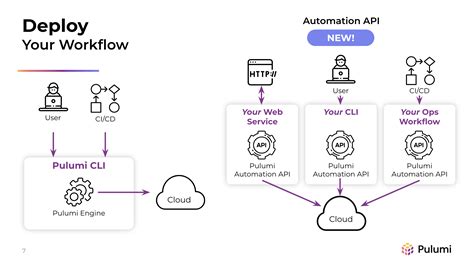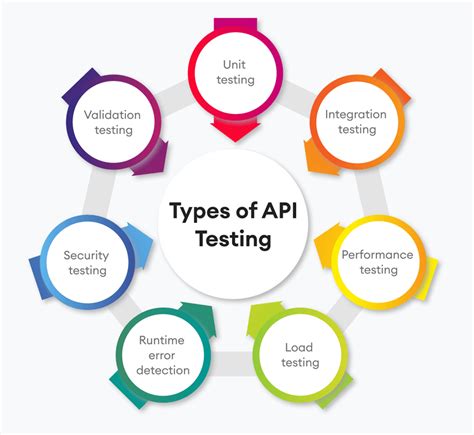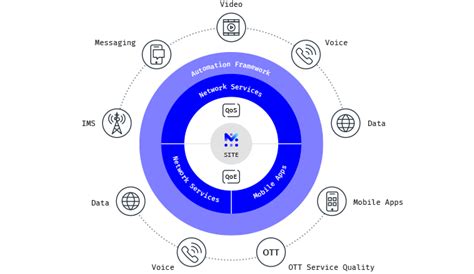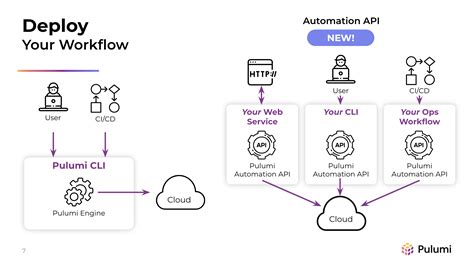5 Ways APIs Automate Networks

The rapid evolution of technology has led to an increased demand for efficient and scalable network management solutions. Application Programming Interfaces (APIs) have emerged as a crucial component in achieving this goal, enabling seamless automation of network tasks and processes. By leveraging APIs, organizations can streamline their network operations, reduce manual errors, and improve overall network reliability. In this article, we will explore the ways APIs automate networks, highlighting their role in modern network management and the benefits they bring to organizations.
Key Points
- APIs enable automation of network configuration and provisioning
- APIs facilitate network monitoring and troubleshooting
- APIs provide a scalable and flexible framework for network management
- APIs enhance network security through automated threat detection and response
- APIs improve network reliability and reduce downtime
Automating Network Configuration and Provisioning

One of the primary ways APIs automate networks is by enabling the automation of network configuration and provisioning. Through APIs, network administrators can create scripts that automate the configuration of network devices, such as routers, switches, and firewalls. This eliminates the need for manual configuration, reducing the likelihood of human error and saving time. Additionally, APIs can be used to provision new network devices, configure network policies, and deploy software updates, all of which can be done automatically, without the need for manual intervention.
Network Monitoring and Troubleshooting
APIs also play a crucial role in network monitoring and troubleshooting. By leveraging APIs, network administrators can collect data on network performance, detect anomalies, and identify potential issues before they become critical. APIs can be used to monitor network traffic, track device performance, and detect security threats, all in real-time. This enables network administrators to respond quickly to issues, reducing downtime and improving overall network reliability. Furthermore, APIs can be used to automate troubleshooting tasks, such as running diagnostics and executing repair scripts, making it easier to resolve issues quickly and efficiently.
Scalability and Flexibility

APIs provide a scalable and flexible framework for network management, enabling organizations to adapt to changing network demands and evolving technologies. By using APIs, organizations can integrate new network devices and services into their existing infrastructure, without disrupting current operations. APIs also enable organizations to automate network tasks across multiple vendors and platforms, reducing the complexity and cost associated with managing heterogeneous networks. Moreover, APIs can be used to create customized network management solutions, tailored to the specific needs of an organization, providing a high degree of flexibility and adaptability.
Enhancing Network Security
APIs can also enhance network security by automating threat detection and response. By leveraging APIs, organizations can integrate security tools and services into their network infrastructure, enabling real-time threat detection and automated response. APIs can be used to collect and analyze security data, identify potential threats, and execute remediation scripts, all automatically. This enables organizations to respond quickly to security incidents, reducing the risk of data breaches and other security threats. Furthermore, APIs can be used to automate security compliance tasks, such as configuring firewalls and access controls, ensuring that network security policies are consistently enforced.
Improving Network Reliability
Finally, APIs can improve network reliability by automating routine maintenance tasks and reducing downtime. By leveraging APIs, organizations can automate tasks such as backups, software updates, and configuration backups, ensuring that network devices are always up-to-date and functioning correctly. APIs can also be used to monitor network devices and detect potential issues before they become critical, enabling proactive maintenance and reducing the likelihood of network outages. Moreover, APIs can be used to automate disaster recovery processes, enabling organizations to quickly recover from network outages and minimize downtime.
| API Automation Benefits | Description |
|---|---|
| Improved Network Reliability | Reduced downtime and improved network uptime |
| Increased Efficiency | Automated tasks and reduced manual errors |
| Enhanced Security | Automated threat detection and response |
| Scalability and Flexibility | Easy integration of new devices and services |
| Cost Savings | Reduced labor costs and improved resource utilization |

What is the primary benefit of using APIs for network automation?
+The primary benefit of using APIs for network automation is improved network reliability and reduced downtime. By automating routine maintenance tasks and detecting potential issues before they become critical, APIs can help organizations minimize network outages and ensure continuous network operation.
How do APIs enhance network security?
+APIs enhance network security by automating threat detection and response. By integrating security tools and services into the network infrastructure, APIs can enable real-time threat detection and automated response, reducing the risk of data breaches and other security threats.
What is the role of APIs in scalability and flexibility?
+APIs provide a scalable and flexible framework for network management, enabling organizations to adapt to changing network demands and evolving technologies. By using APIs, organizations can integrate new network devices and services into their existing infrastructure, without disrupting current operations.
Meta Description: Discover the 5 ways APIs automate networks, improving network reliability, security, and scalability. Learn how APIs can streamline network operations and reduce manual errors, enabling organizations to create agile, secure, and efficient networks. (147 characters)



